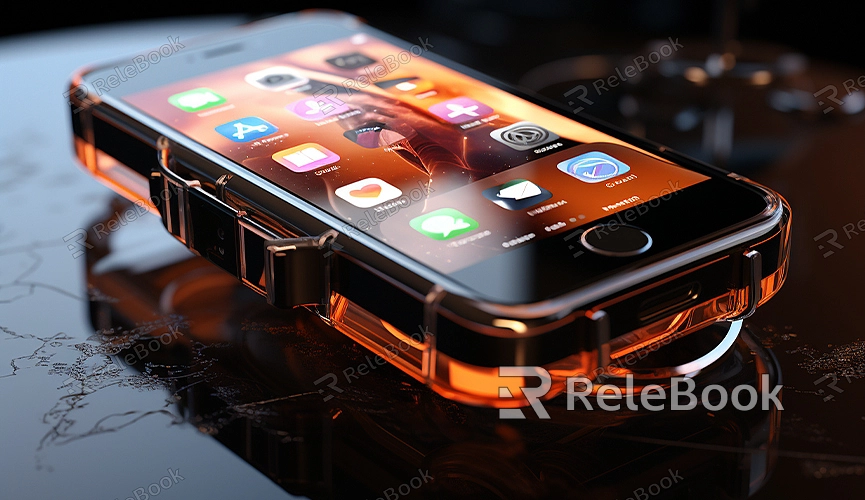blender apply uv texture
UV texture mapping is a crucial technique in 3D modeling and rendering, precisely wrapping 2D images onto 3D models to provide color, details, and depth, simulating realistic rendering effects. This technique finds diverse and extensive applications within Blender, enhancing the realism and visual allure of creations. Let's explore the versatility of UV texture mapping and its performance in different scenarios.

1. Antique Vases: Applying exquisite floral texture to an antique vase, UV mapping ensures smooth unfolding of texture patterns along the vase's curves. Even in the subtlest bends of the vase, these patterns retain continuity and delicacy, imparting an aged and precious look.
2. Character Attire: When designing costumes for film or gaming characters, UV texture mapping synchronizes fabric textures with character movements seamlessly. Whether it's folds or stitches, they dynamically adjust with the character's motion, creating a realistic wearing experience.
3. Racing Car Liveries: For racing car models, UV mapping ensures perfect alignment of advertising graphics, sponsor logos, and stripes on every contour of the car. This precise mapping makes the entire car look vibrant, evoking a sense of speed.
4. Architectural Facades: In architectural visualization, UV mapping ensures correct attachment of textures like bricks, windows, and other architectural elements to building surfaces. Even in complex facade designs, each brick's texture aligns accurately, offering a realistic and detail-rich visual effect.
5. Maps and Terrains: When creating terrain maps, UV texture mapping seamlessly aligns textures of rocks, sands, and grass with the highs and lows of the terrain. Observers can distinctly see fine sand textures on dunes or exposed rock textures on mountain peaks.
6. Sci-Fi Gear: While designing sci-fi-themed gear such as spacesuits or futuristic weapons, UV mapping accurately presents textures of metals, plastics, and other synthetic materials. These materials' gloss, texture, and even scratches and wear are realistically showcased via UV textures.
7. Food Models: In food rendering, UV texture mapping showcases textures on fruit skins, holes in bread crusts, and the fibers in meat slices with intricate detail. This application of textures makes food look fresh, appealing, and almost tangible.
8. Home Fabrics: In interior design models, fabric textures on sofas and curtains precisely adhere via UV mapping, showcasing patterns, be it intricate designs or minimalistic stripes, perfectly displaying the fabric's texture and flow.
Through these examples, we witness the power of UV texture mapping in Blender. It's not merely placing 2D images onto 3D models but involves precise work on each face to ensure every detail of the texture is accurately represented. The application of this technique transforms models from mere shapes to lively and engaging creations, adding visual layers and depth, making them visually captivating and persuasive. If you require numerous high-quality textures and HDRI, you can download them from Relebook for direct importation into your models after downloading.

